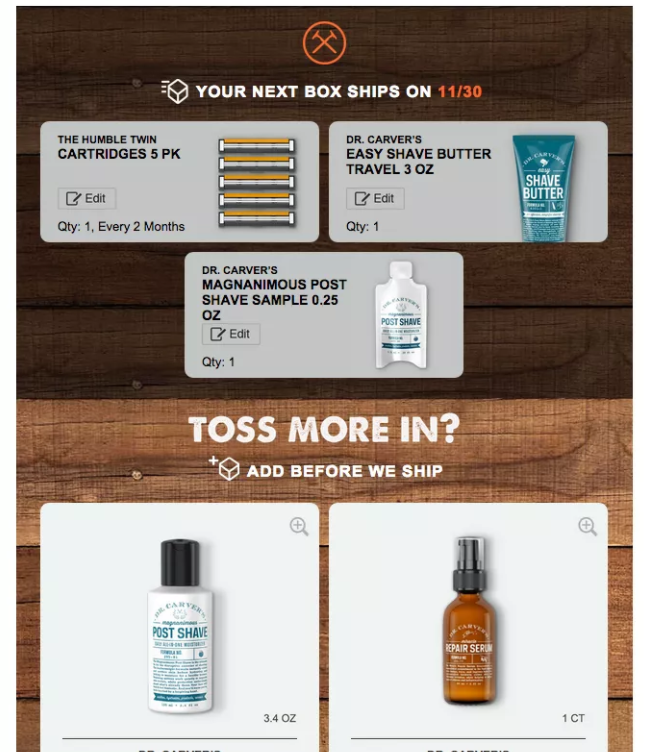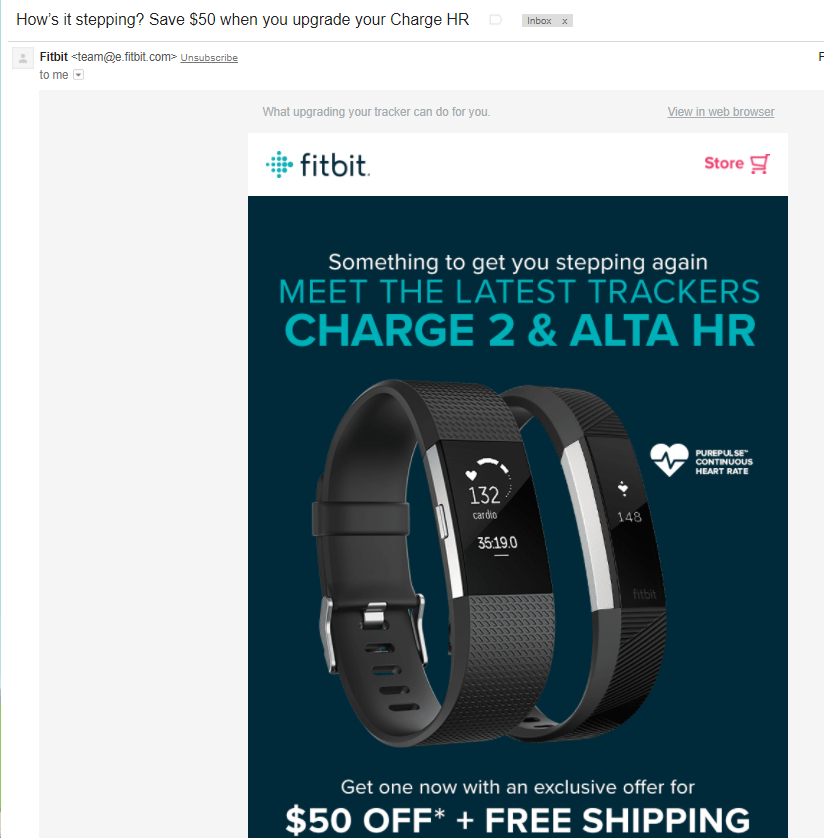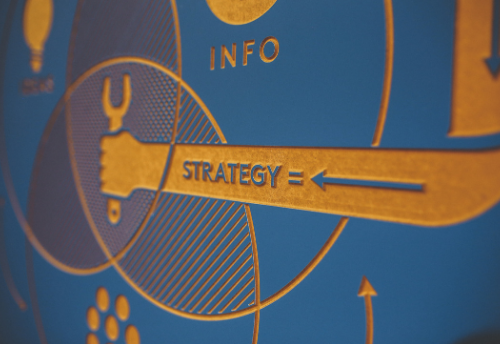There’s hidden revenue potential in your existing customer base, and you can upsell using CRM data to find it.
Welcome to the art of upselling techniques: upselling is a way of encouraging existing, happy customers to spend more with you. On average, anywhere between 70 to 95% of revenue generated at B2B companies in a given year comes from upsells and renewals. For ecommerce and B2C companies, there’s a 30% chance a customer will make a second purchase, and a 50% chance that customer will make a third purchase. If you can make the ask in a way that’s appropriate (i.e., using your data politely), learning how to upsell using CRM data can make a big impact on your revenue stream.
From a marketing perspective, creating an upsell marketing strategy can help you target opportunities that are easier to convert and more likely to close. And all you need to get started is a marketing automation platform and a CRM. Once your CRM and marketing automation platform are integrated, you can use the data in both platforms to create successful upsell email nurture campaigns.
Here’s how to upsell using CRM data and your marketing automation platform integration:
Structure to Upsell Using CRM Data
First things first, focus on the customer side of your CRM system. Remember you’re dealing with existing customers, not leads, and that means you’ll have to start your upsell techniques by understanding what happens to an account after the sale closes (more on structuring your CRM for marketing purposes here).
If you’re targeting B2C, you’ll want to know who bought what and when they bought it. See if you can translate that data into frequency and overall averages based on products/services. You’ll want to know how much they spent at each stop, too.
If you’re targeting B2B, your CRM questions are a bit more complicated. Some questions to ask might include:
- Who manages the account?
- Is the account actually a current customer?
You may need to create a field for this, as some CRM systems, like Microsoft Dynamics, treat qualified leads the same as existing customer accounts. - How are accounts categorized?
Based on services? Products? Line of business? Can you make sense of who actually bought what? - Does each account have a primary contact?
Marketing automation platforms need a person to talk to. Who is the best point of contact? - Are there multiple contacts that need to be involved?
Is there a different person for each product/service they might buy from you?
Understand Your Existing Sales Data
Next, you need to dig into what people have purchased in the past to create predictions for the future. The line between upsell and cross sell gets blurry here, but that’s okay: your goal is to create a bigger relationship with a happy customer. Who cares if you call it upselling or cross selling as long as you achieve that goal, right?
What you need to know from your sales data:
- Are your sales recurring (i.e., contract-based), non-recurring, project-based, or single sale?
This will help sort your data if you have more than one type of sale, and your upsell messaging will vary based on what kind of sale it is. - For clients with multiple purchases/services, can you identify trends?
Think about it this way: what percentage of clients with X also have Y? - What products/services are complimentary? Can you create bundles with special pricing?
Need Campaign Ideas for Your CRM and Marketing Automation Platform Integration? Download Our Top Ideas Here.
Determine Your Campaigns
Start with your goal before you build the campaign. Make your goal specific, like 90 Day Post Sale Upgrade campaign or Three-Month Contract Renewal Campaign or X Product/Service Bonus Buy Campaign. Some types of campaigns you might consider include:
-
- A post-sale nurture series that includes product/service support, asks for feedback/user generated content, and recommends complimentary products/services as well as showcases the “next level” up from what they bought. You can download a sample post-sale email series here.
- A “bonus buy” campaign that functions a bit like an end cap purchase might at a brick and mortar store. These can come in the form of a “purchase confirmation” email, like this one from Dollar Shave Club:

- “It’s time to upgrade” emails are great ways to promote new products, and even better if you include a special incentive for existing customers, as seen in this Fitbit email:

Next, Create Triggers and Workflows
Once you’ve determined goals and built campaigns, go back into your CRM and think about the triggers and workflows you’ll need to put in place to automate these campaigns. For example:
- If you’re running a contract renewal or “it’s time to upgrade” campaign, you could use a date field for date of purchase or contract renewal date. Then create a workflow that automatically adds a contact to a marketing list based on number of days past since the sale or based on number of days until renewal.
- If you’re running a post-sale series, create a workflow that adds a contact attached to a specific opportunity type to a marketing list once that opportunity is closed as won.
And a Few Extras for Upsell Using CRM
Once your upselling techniques are running smooth, think of other items you can include in your upselling email nurtures, like:
- Requests for reviews and/or to share their stories
- Product/service feedback
- Resubscribe asks for ongoing email campaigns (check out how well The Roasterie’s repermission campaign went here)
- Ask for interests in your emails, and then add those interests to CRM for later use. You can structure the “ask” like Uncommon Goods has in this email below:

Stay tuned to our blog (or sign up for our monthly newsletters) for more tips and tricks on how to get the most out of marketing automation platform and CRM integration. Or if you need to know right now, you can download these six tried and true campaigns for marketing automation platform and CRM integrations here.



